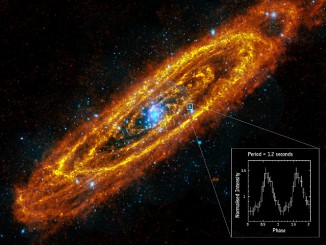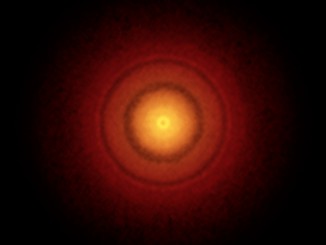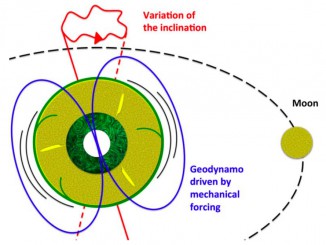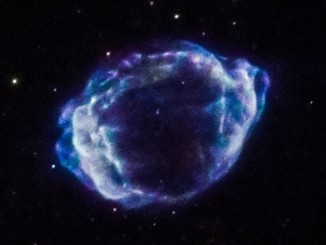
The ‘topsy turvy’ ocean circulation of saline exoplanets
According to new research, the salt levels of oceans on distant Earth-like planets could have a major effect on their climates. Computer models reveal that exoplanets with very saline oceans could have circulation patterns opposite to that on Earth, resulting in dramatic warming of their polar regions, possibly extending their range of habitability.









